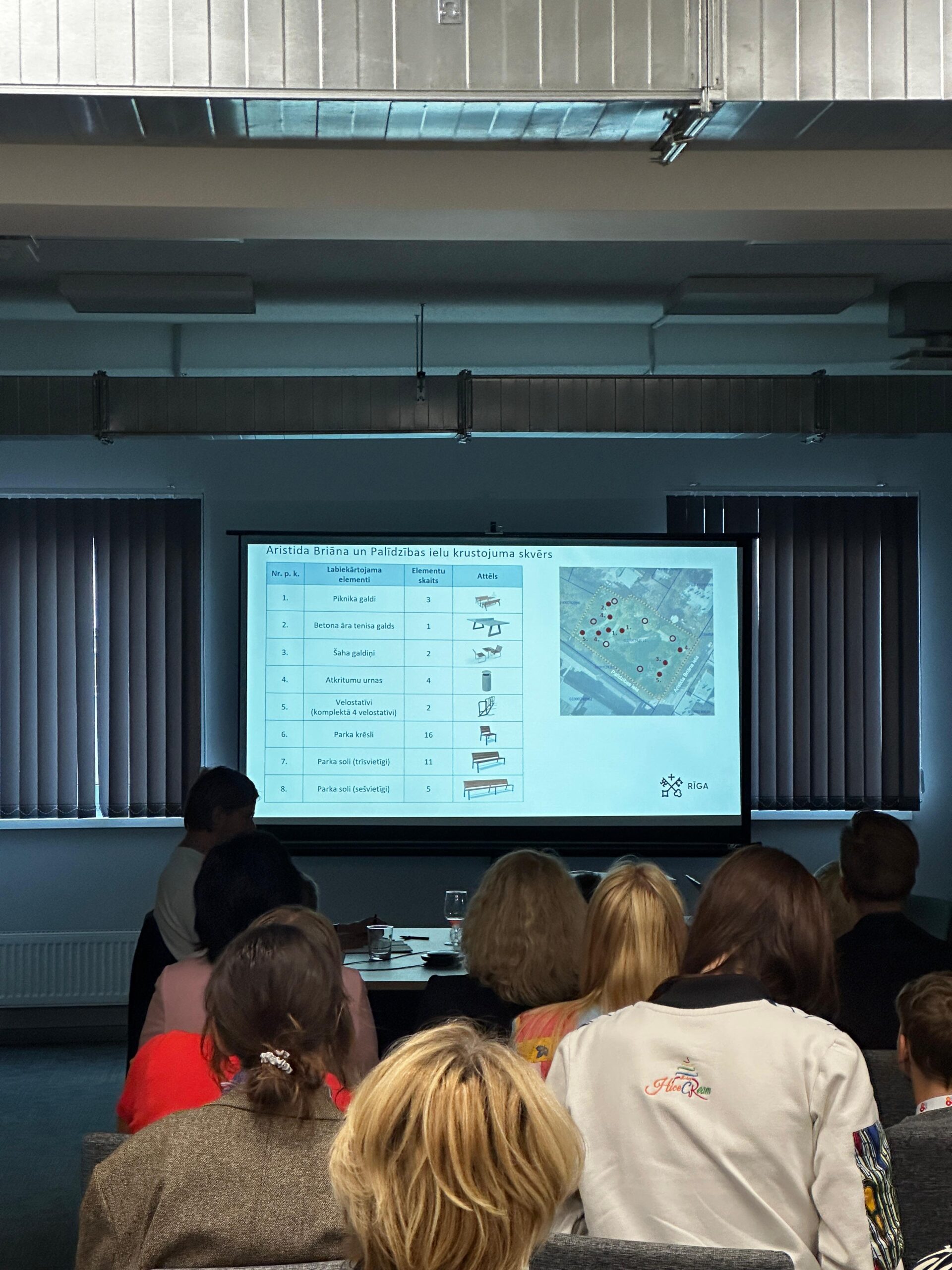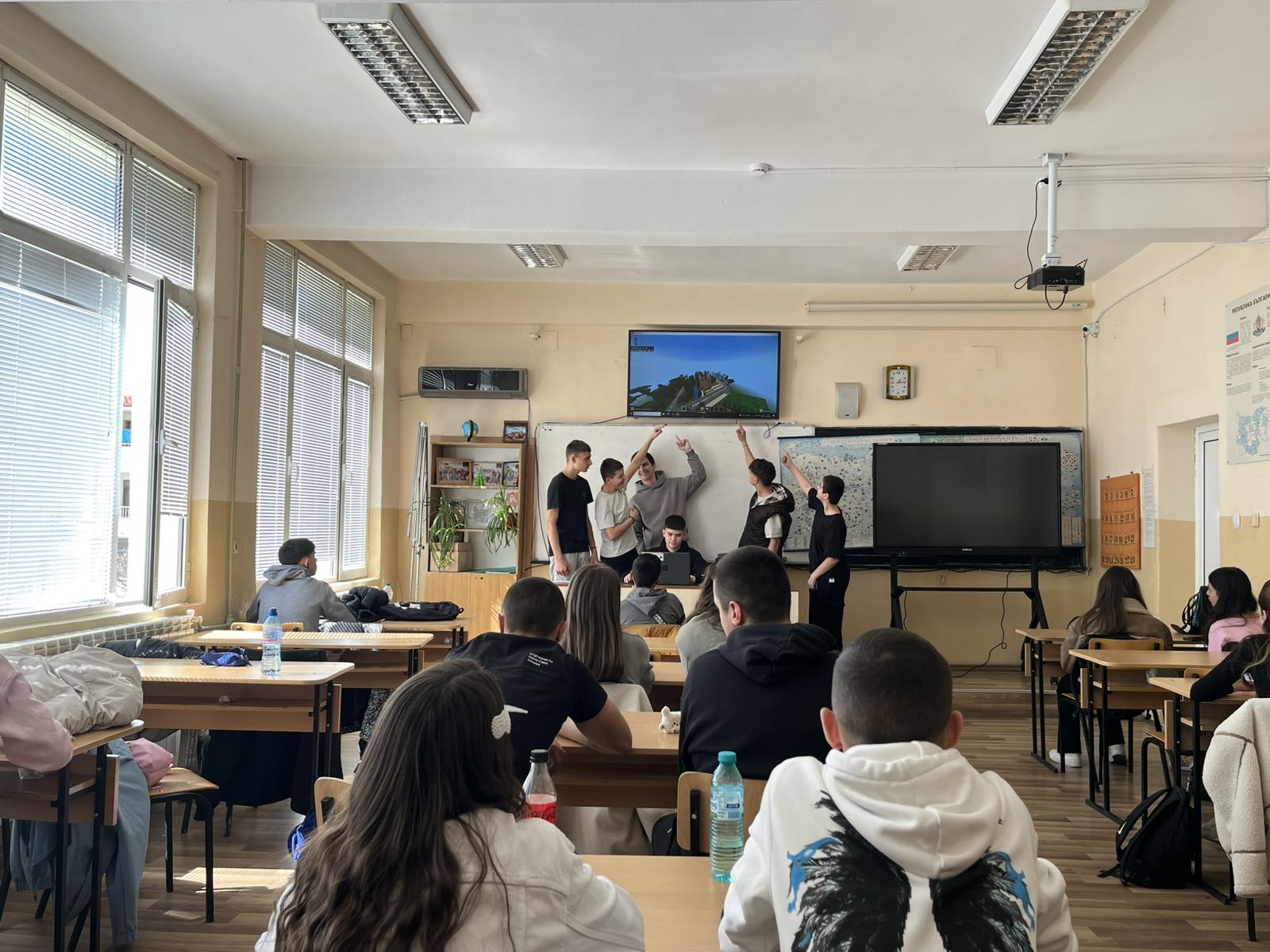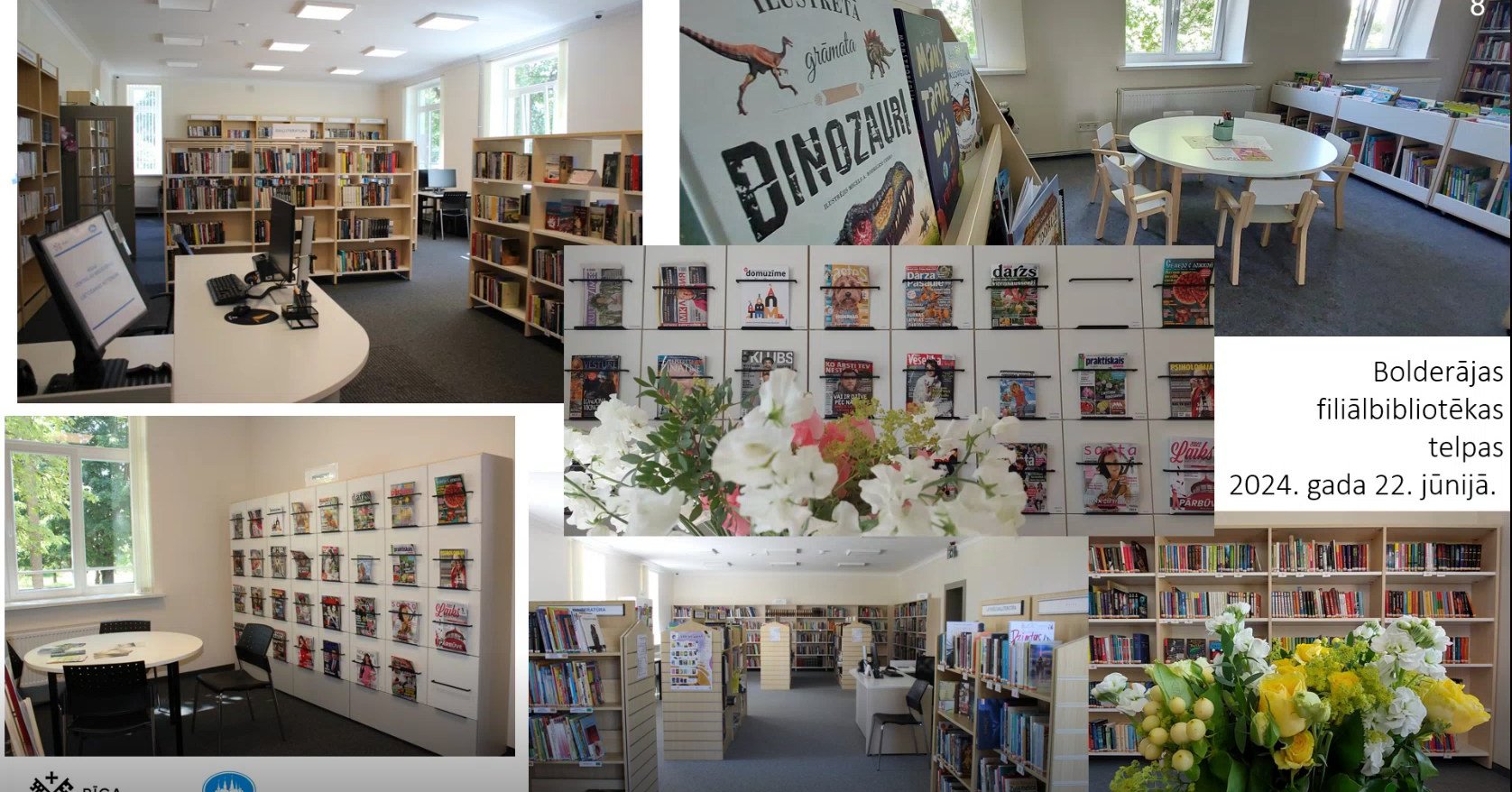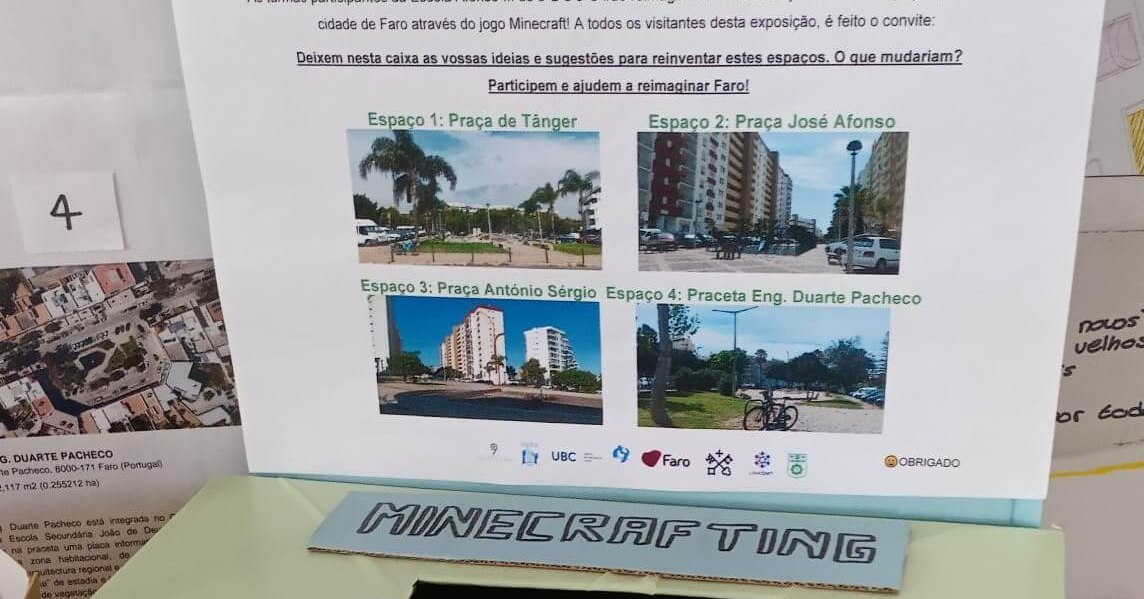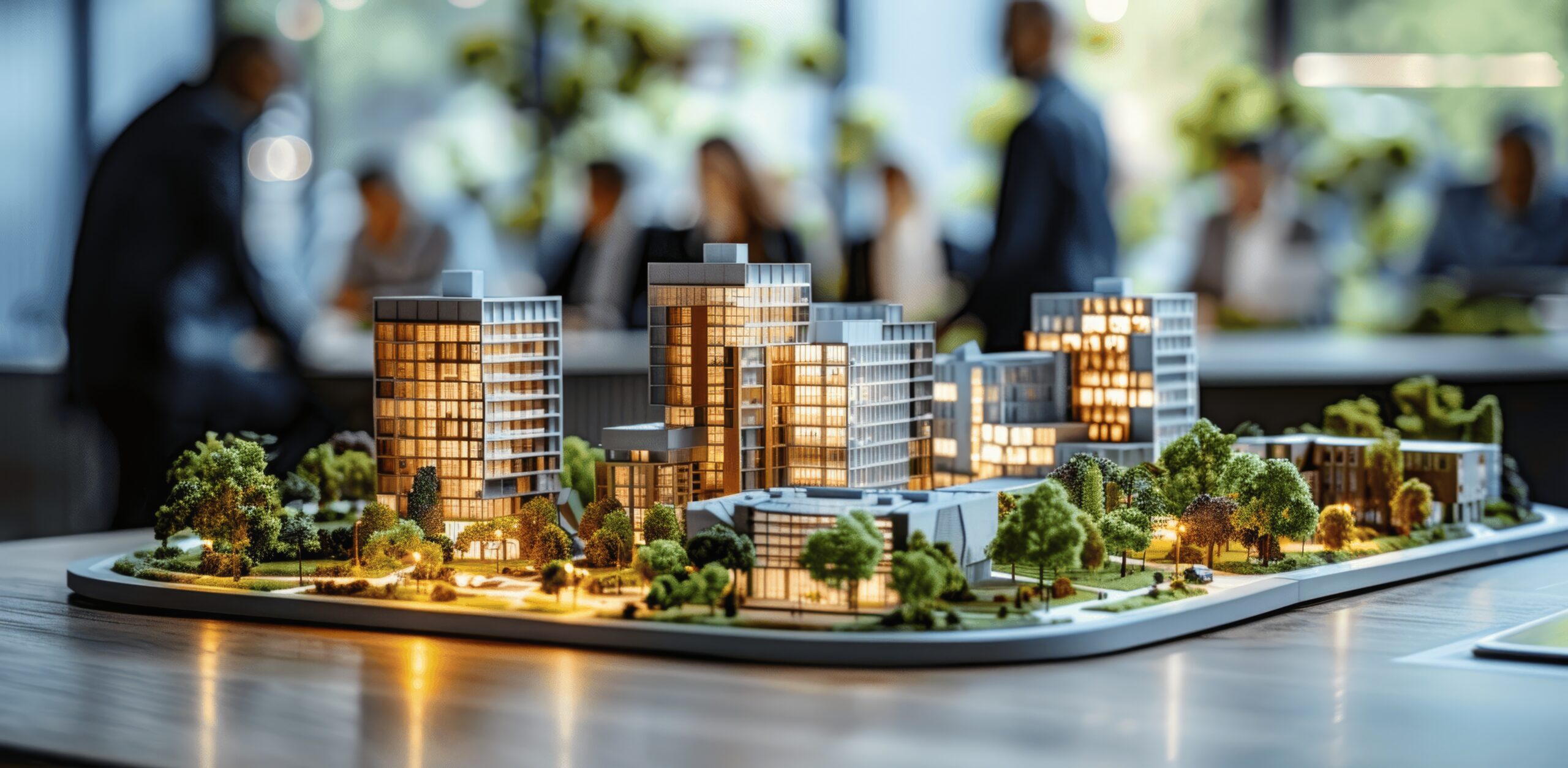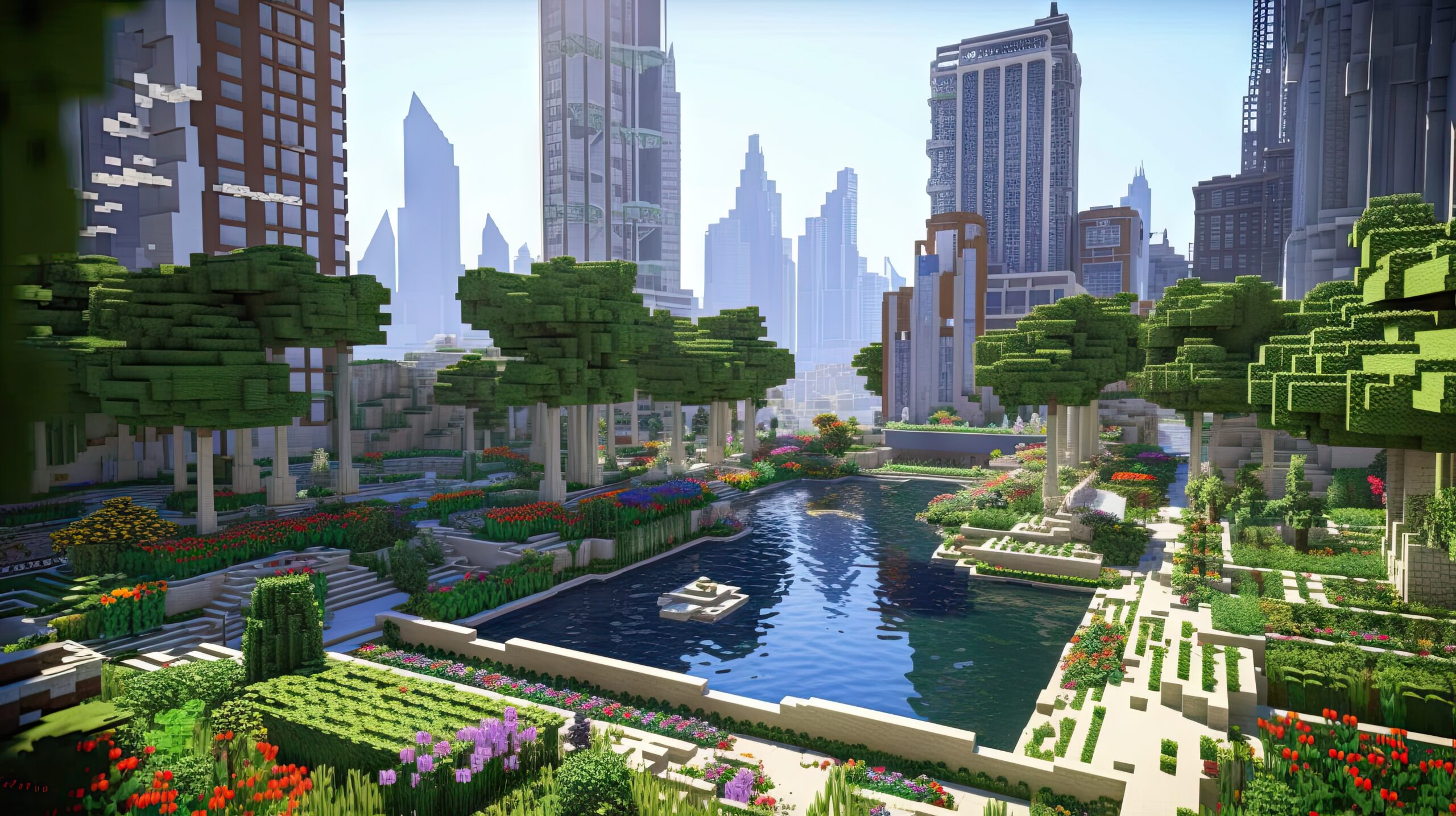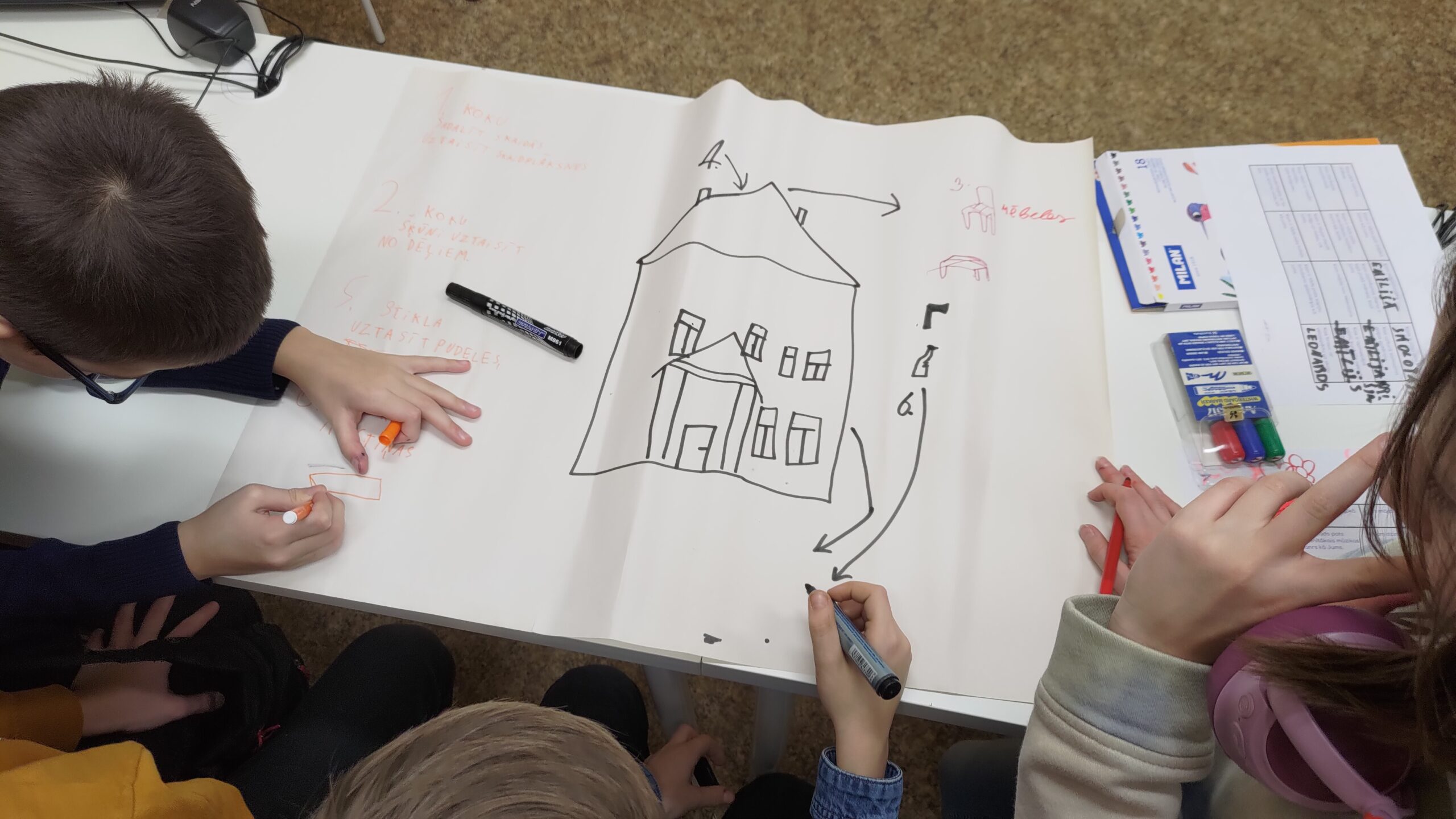At the end of August, specialists, deputies and residents of Riga Municipality met with the students of the Technical Creativity House “Annas 2” to develop a joint vision for the revitalization of the Aristidas Briāna-Head Street Square.
From 2023 to 2025, the Education, Culture and Sports Department of the Riga City Council and the City Development Department implement the European Union programmes in the fields of education and training, youth and sport “Erasmus+” project “Flexible Cities with Minecraft: An innovative youth-led policy process for a sustainable Europe (MC-YOU)”. Within the framework of this event, more than 100 children and young people from 10 educational institutions in Riga participated in various educational events and worked on development visions in the “Minecraft Education” environment for various public places in Riga.
On June 10, the closing event of the project was held in the Wooden Building Renovation Centre “Wood in Riga” – a conference organized in cooperation with the New Theatre Institute of Latvia. The most anticipated event in the conference was the final presentations of the three best MC-YOU project visions, in which the “Annas 2” team won with a great deal, which devoted their vision to the development of the Aristide Briāna-Head Street Square.
Since the main leitmotif of the project is to change the paradigm of the involvement of children and young people – from involvement to participation and co-creation, the next step already recorded in the MC-YOU project was a meeting with the employees of the municipal institutions and the deputies of the Riga City Council, so that what is reflected in the vision of “Annas 2” would not disappear and integrate the real actions for the development of the Aristīda Briāna-Head Street Square.
On 27 August, such a co-working workshop took place in the City Development Department, where more than 20 local government specialists and representatives of the Council together with the team of “Anna 2” developed an action plan for the development of Aristīda Briāna-Help Street Square for one, three and five years, integrating as much as possible from the “Annas 2” team.
As a result, in the 1st phase of the revitalization (until the end of 2026), picnic tables, outdoor tennis table, chess/drambrete tables, garbage bins, bicycle stands, park chairs, park benches (three-seater and six-person), graffiti wall, as well as bird and bat cottages. Recommendations have been received that the Riga Municipal Police must complete an area at least once a day, a sandbox should be moved from the drain in the area of the playground in order to prevent its clogging, as well as the official name of the square has been raised.
It is planned that in the 2nd phase of the revitalization (until the end of 2028), a free crane, a seasonal toilet, high flower beds, elements of a skate, a sculpture park, an info stand on a square and a project could be installed, as well as the missing Pedestrian crossing of Palīdzības Street. Finally, in Phase 3 (until the end of 2030), new smart lighting, fountain, refurbished wastewater infrastructure, installed stationary toilet and watering and rainwater drainage systems should be installed in the square.
RIGA
